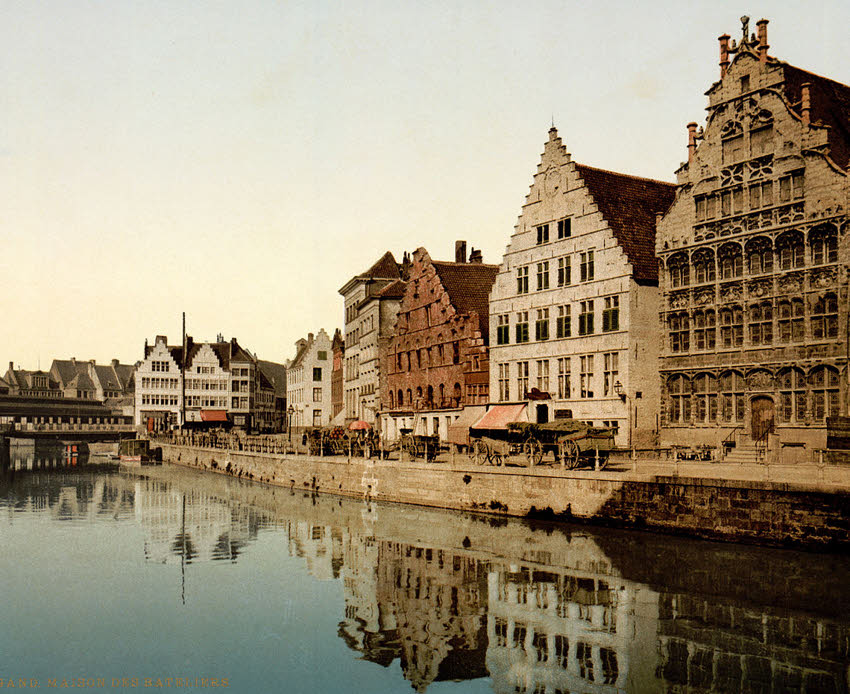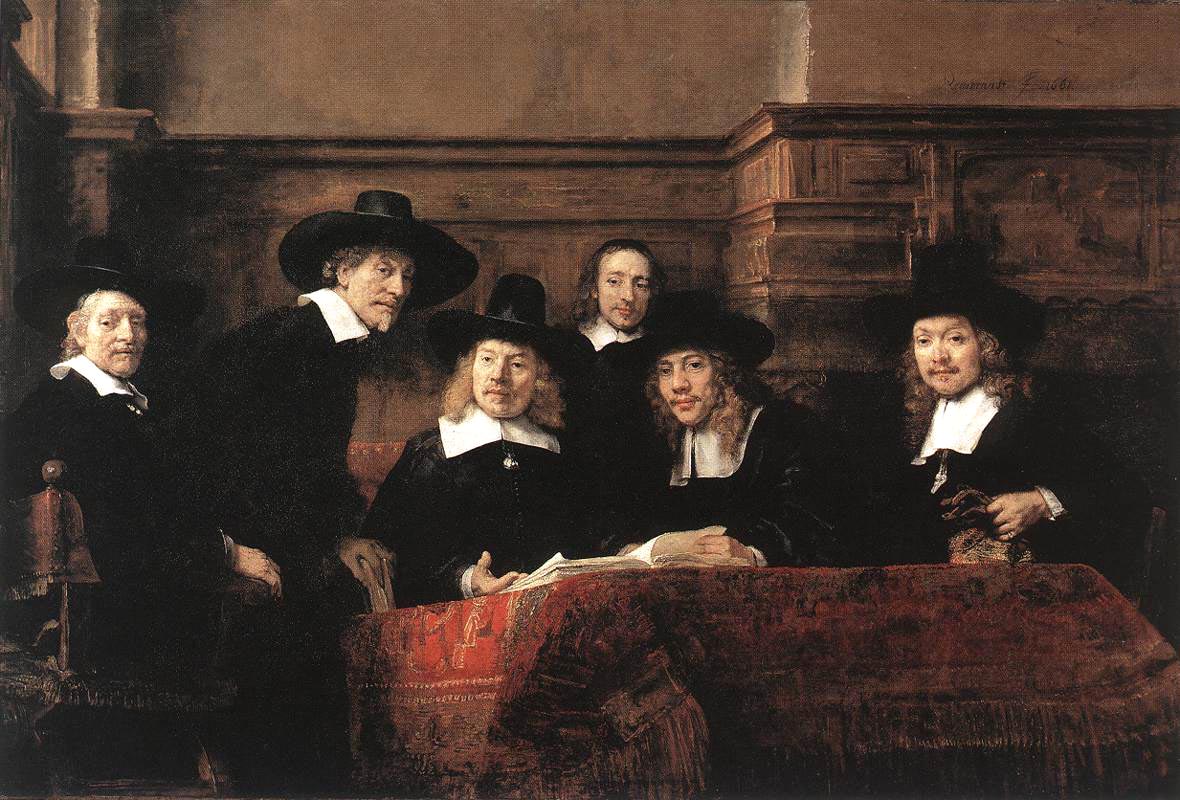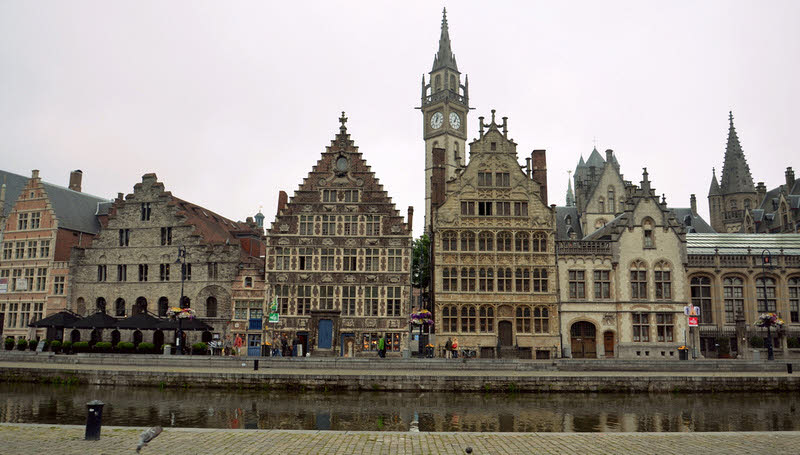|
|
Plinio Corrêa de Oliveira AMBIENCES, CUSTOMS, CIVILIZATIONS When Men and Commerce Lived in Serenity
"Catolicismo" Nº 92 - August 1958 (*) |
|
For centuries, the placid canal waters of Ghent [*], have mirrored the facades of these typical medieval and Renaissance buildings, whose imposing mass, grave and solid, contrasts harmoniously with their rich, varied, and almost fanciful ornamentation, thus creating a singular impression of architectonic balance. What were these buildings, so reserved and one would almost say pensive, originally used for? Patrician residences? Centers of study? No. They were occupied by corporations. The main offices of the Corporation of Free Boatmen were on the far right; next was the house of the Grain Measurers, adjoining the small customs house, where the medieval merchants declared their goods. Then came the Granary, and, lastly, the Corporation of Stoneworkers. These were, then, houses of work and business, and history tells us that intensive and productive activities took place within them. But economic activity had not yet been engulfed by today's materialistic influences. It was therefore carried out in a calm, thoughtful, and refined atmosphere, not in the feverish, throbbing, thoughtless, and proletarianizing environment that often marks business today. Who would imagine so much nobility in buildings of the middle class, so much refinement for trade corporations? This is more a question of mentality than of art. From a spiritual view, use of the mind is the apex of human action. Business is thus most productive, in quality and even quantity, when done calm ly, without idleness, and with thoughtful recollection. From a materialistic viewpoint, however, quantity is better than quality, physical activity better than that of the soul, hustle and bustle better than reflection, and nervous excitation better than authentic thought. This explains the hectic atmosphere of certain stock exchanges and modem thoroughfares. * * *
The super-excitation of ambiences results from the super-excitation of people. We can all identify the gum-chewing, cigar-chomping, fmgemail-biling, foot-pounding businessman. He is hypertensive, cardiac, and neurotic. How that type of businessman differs from the serene, stable, dignified, prosperous, and intelligent-looking burghers that Rembrandt's brush presents us in his admirable painting "The Board of the Clothmakers' Guild.". It was men
such as these who, despite uncertain and slow means of communication,
created a commercial network that extended in What a rich lesson for our poor world, ever more devastated by neuroses! NOTE [*] The Graslei on the Lys (Leie) River, Ghent. On the right, the free boatmen's guild house (gildehuis van de vrije schippers, 1531, gothic style), second from right, the grain weighers' guild house (gildehuis van de korenmeters, 1698, Flemish renaissance). Third from right, Het Spijker (grain storehouse, 1200, Romanesque). Date between 1890 and 1900 [ Ref.: Wikipedia ] (*) Crusade Magazine, May-June 1997, p. 25
[The same building today] |




